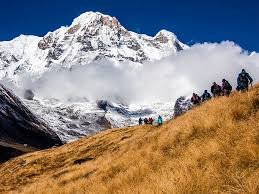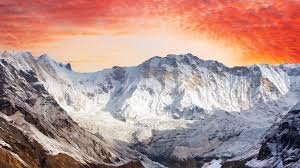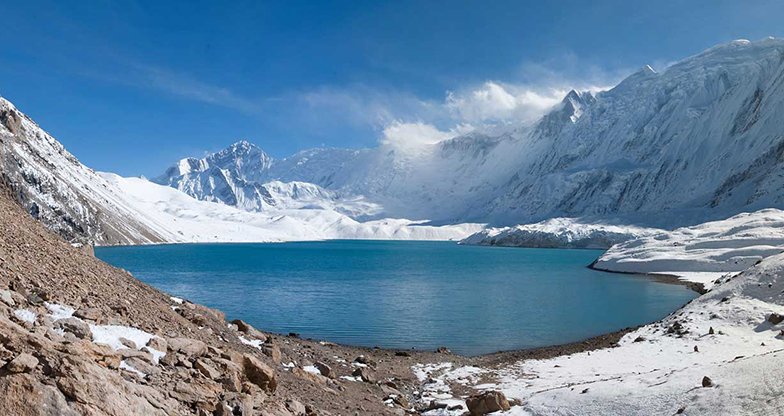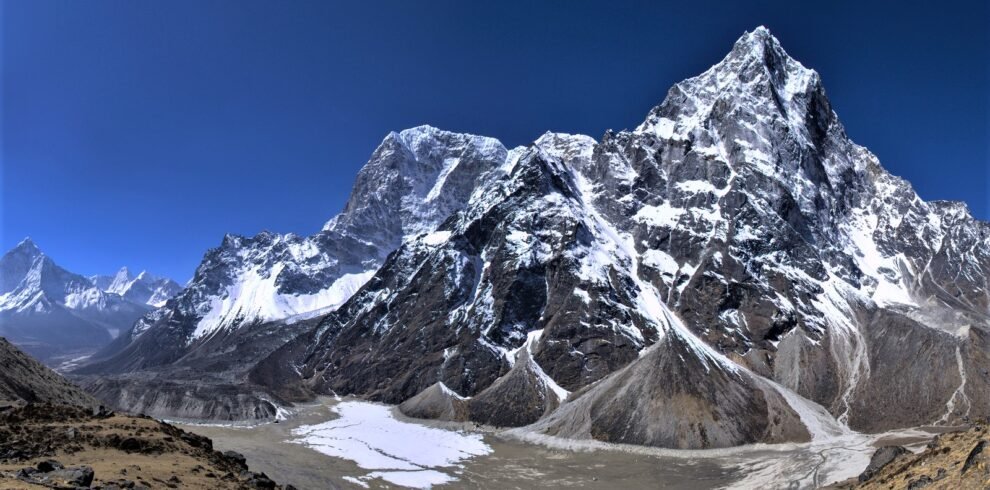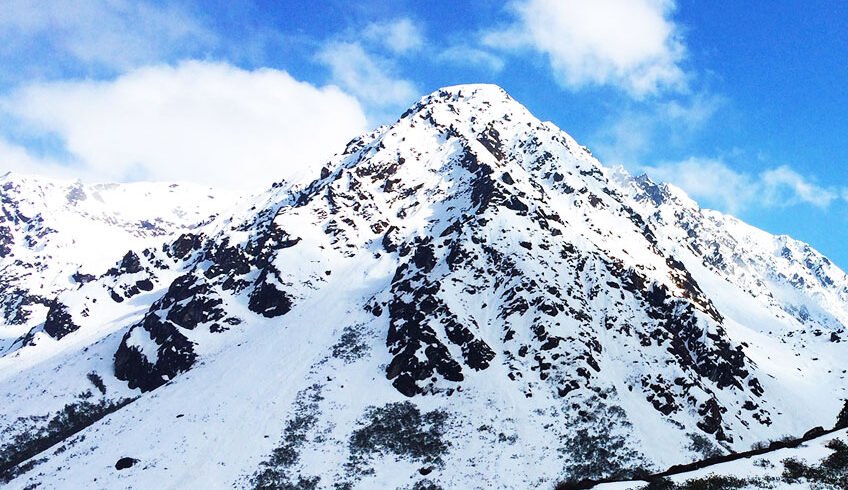Annapurna I (8,091 meters), the 10th highest mountain in the world and the 8th highest in Nepal, is renowned for being one of the most technically demanding climbs among the 8000-meter peaks. Although it is the lowest of the 14 peaks over 8,000 meters, Annapurna’s reputation as one of the most dangerous and challenging climbs makes it a serious expedition for experienced mountaineers only.
The first successful ascent of Annapurna I was made by Maurice Herzog and Louis Lachenal on June 3, 1950, via the north face. This was the first 8000-meter peak ever climbed. However, it wasn’t summited again until 1970, when climbers reached the summit via the Northwest Ridge. The official coordinates of Annapurna I are 28°35’45”N, 83°49’20”E.
The Annapurna massif is home to six major peaks:
- Annapurna I (8,091m)
- Annapurna II (7,937m)
- Annapurna III (7,555m)
- Annapurna IV (7,525m)
- Gangapurna (7,455m)
- Annapurna South (7,219m)
The mountain is known for its steep, avalanche-prone slopes, especially on the standard north side. For this reason, Annapurna I has historically had one of the highest fatality-to-summit ratios among the 8000ers, making it an extremely serious undertaking that demands advanced mountaineering skills, proper acclimatization, and expert support.
In recent years, climbers have explored new routes, including a promising one that may provide a safer and more efficient path to the summit. The South Face of Annapurna, one of the tallest and steepest mountain faces in the world, rises 3,000 feet higher than the Southwest Face of Everest. Though technically difficult, the South Face offers a relatively safer option with fewer avalanche risks compared to the traditional north-side routes. It is seen as a more logical, though still extremely demanding, route for experienced alpinists.
The name “Annapurna” is derived from Sanskrit, meaning “Full of Food,” and is often translated as “Goddess of the Harvests.” In Hinduism, Annapurna is revered as the goddess of agriculture, fertility, and nourishment—an incarnation of the goddess Durga.
The Annapurna massif lies within the Annapurna Conservation Area, which covers 7,629 square kilometers (2,946 square miles), making it the largest conservation area in Nepal. This region is also home to world-famous trekking routes, such as the Annapurna Circuit and Annapurna Base Camp trek.
Trip Info
-
Hotel/ Tea hours/ camping
-
Spring /March, April, and May
-
8091m.
-
Car/Flight/ Jeep/ Tourist Bus
-
5/6 hours
Overview
Maurice Herzog’s Annapurna Expedition has stood as an irony in the mountaineering world. The 10th highest mountain in the world was the first of the 8000 metre mountains to ever be climbed but since then climbing Annapurna has been notorious for its incredibly high fatality rate and has seen the lowest number of ascents as compared to other 8000 metre mountains. Annapurna is rarely attempted and summits on the mountain are rare. A combination of the overly difficult and steep terrain, unpredictable weather and risk of avalanches makes the Annapurna trekking Expedition one of the most challenging expeditions in the Himalayas and the world despite being only 8091 metres high.
Trip Highlights
- One of the most beautiful and the highest mountains in the whole world, Annapurna I.
- Highly full of technical challenges.
- The highest level of extreme adventure.
- Expedition done with the utmost preparation and the perfect skilled teams.
- Fully arranged and supervised climbing expedition.
- Become a part of the history-making groups and the lifetime experience to be achieved.
- The Annapurna peaks are among the world's most treacherous mountains to climbing.
- The first ascent of Annapurna I was on June 3, 1950 by Maurice Herzog and Louis Lachenal of the French Annapurna Expedition.

